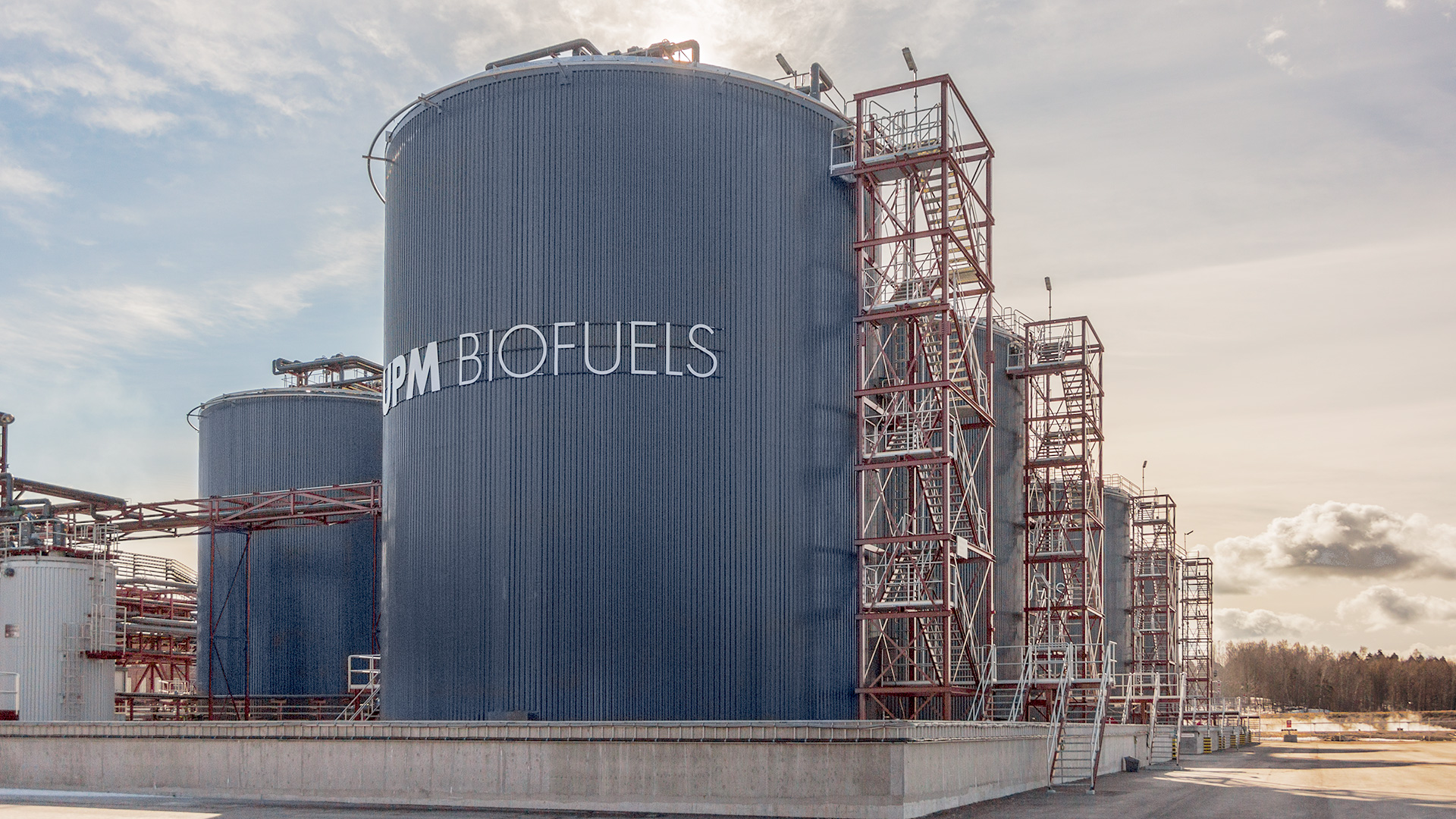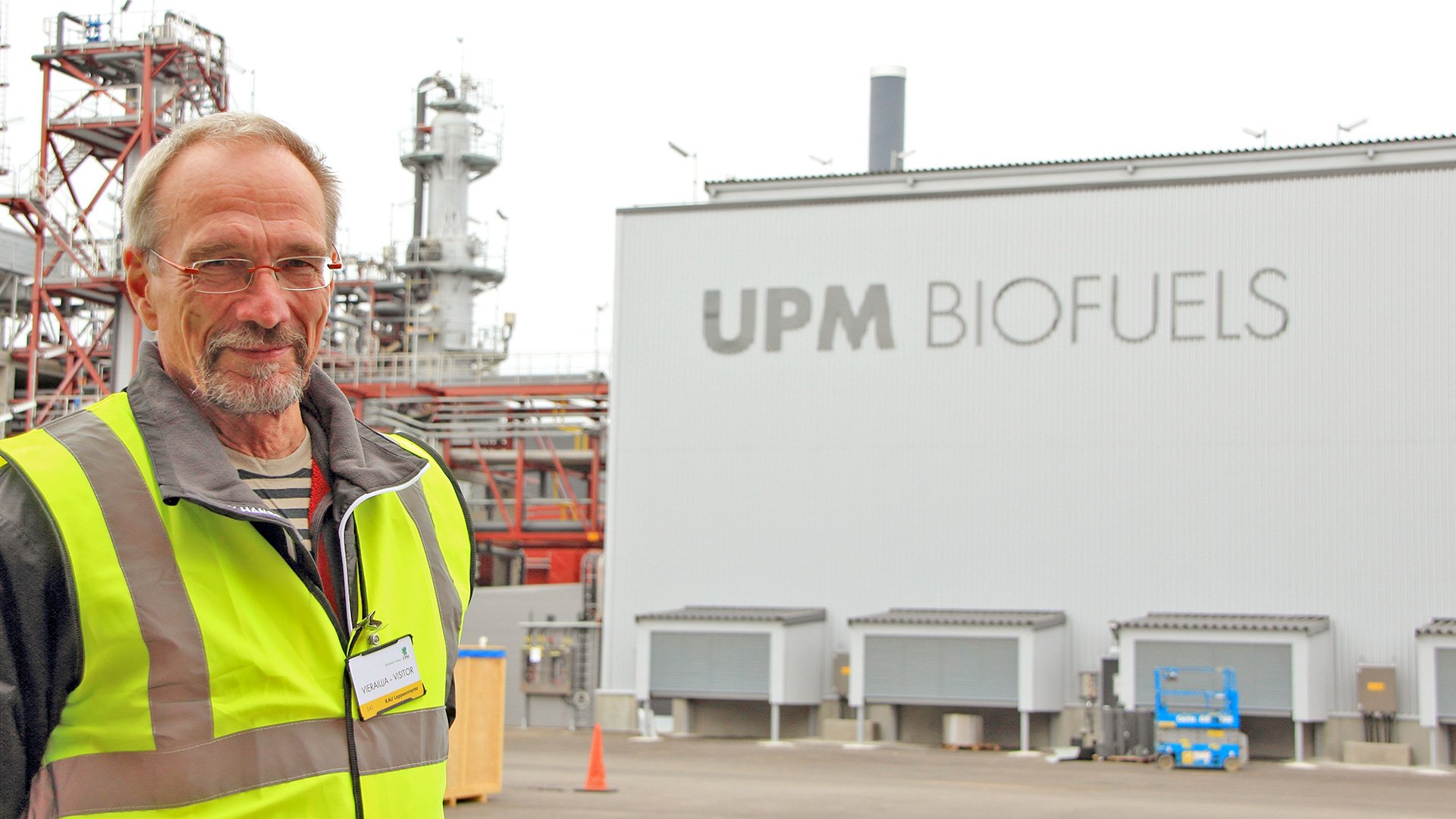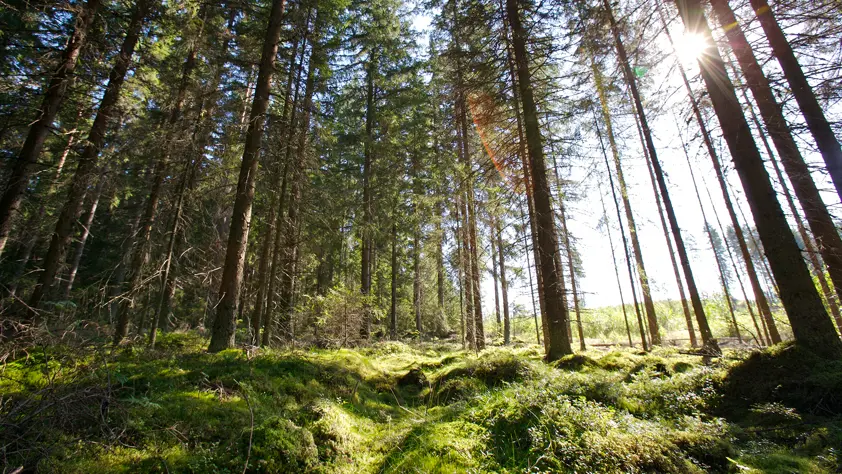But let's go back in time to last year. One year ago, the same senior official visited Finland and saw first-hand what the Finnish bioeconomy is all about. It is a combination of traditions and continuous reform, heavy machinery and information technology and the economic use of forests, without forgetting biodiversity and the recreational value that forests offer. This is such a familiar concept to many Finnish people that it is easy to mistakenly think that everyone will know about it. I doubt that the official would have fully understood the Finnish system without seeing it.
I acted as the tour manager of a similar bioeconomy visit last winter. The participants included EU Commission officials, staff from the offices of European commissioners, and EU ambassadors from other member countries. With UPM as our host, we were able to see the new biorefinery producing renewable diesel that had recently begun production. We also visited a snow-covered forest to see what sustainable forestry means in practice, and how economic and other values are balanced in Finnish forests. The feedback we received was very positive and we are currently organising another trip for the coming autumn.
Wood-based UPM BioVerno diesel is a good example of the new Finnish bioeconomy, the reform of the forest industry, and a bold investment in new business. Society needs growth and employment, but it also needs sustainable solutions for solving large global problems, such as traffic emissions. There are many alternative solutions to these problems, and their suitability largely depends on the structure of the surrounding society. For us Finns, it seems natural and rational to seek solutions that are based on our forests and the forest industry.
 The annual production capacity of the UPM Biorefinery in Lappeenranta is 120 million litres of wood-based renewable diesel.
The annual production capacity of the UPM Biorefinery in Lappeenranta is 120 million litres of wood-based renewable diesel.
The next twelve months will be an extremely important period for the bioeconomy. The EU Commission is expected to publish an ambitious communication regarding the circular economy, and versatile matters related to the bioeconomy and circular economy will no doubt be on the agenda during the Dutch EU presidency during the first half of next year. The circular economy is linked to the bioeconomy in many ways, particularly through recycling targets and priorities for biomass use. We must work together and make sure that we can continue to use our forests in a versatile manner in the future, keeping the best interests of all of society in mind. As planes to and from Brussels will continue to carry passengers in the future, it would be a good idea to invite decision-makers to learn how we do things in Finland.
 Nils Torvalds, a Finnish Member of the European Parliament and biofuels rapporteur visited Finland to learn more about the Finnish bioeconomy. One of the destinations was the UPM Lappeenranta Biorefinery.
Nils Torvalds, a Finnish Member of the European Parliament and biofuels rapporteur visited Finland to learn more about the Finnish bioeconomy. One of the destinations was the UPM Lappeenranta Biorefinery.
The coming autumn will provide a programme of enticing events for those interested in the bioeconomy. “Bioeconomy dates” will be arranged in five different Finnish municipalities in September and October. The purpose of the dates is to bring together businesses from different fields and find new business opportunities at the interfaces of businesses and industries. Further information on where the events will be held, the agenda, and how to sign up is available on the biotalous.fi website. A bioeconomy super week will take place in Finland in mid-November: the week will begin with the Helsinki Forest Fair and continue with SLUSH, where bioeconomy is now being showcased for the first time. As icing on the cake, the Finnish science centre Heureka will host a bioeconomy night at the beginning of December, presenting bioeconomy to the public through concrete examples.
I will go back to my work in research and innovations this summer. Innovations and investments also played a major role in the meeting held in Brussels, and collaboration between the private and public sector in the areas of funding, regulation and the development of competence was emphasised in the discussions. There are plenty of challenges in all three areas, but it was educational to hear about best practices in use around Europe. Although Finland has performed better than average in this field, it does not mean that we cannot learn from others. This also applies to innovations. We do not have to create everything ourselves.
The author works for the Finnish Ministry of Employment and the Economy as the Development Manager of the Strategic Programme for the Forest Sector (MSO) and the Project Manager of the implementation of the Finnish bioeconomy strategy.
